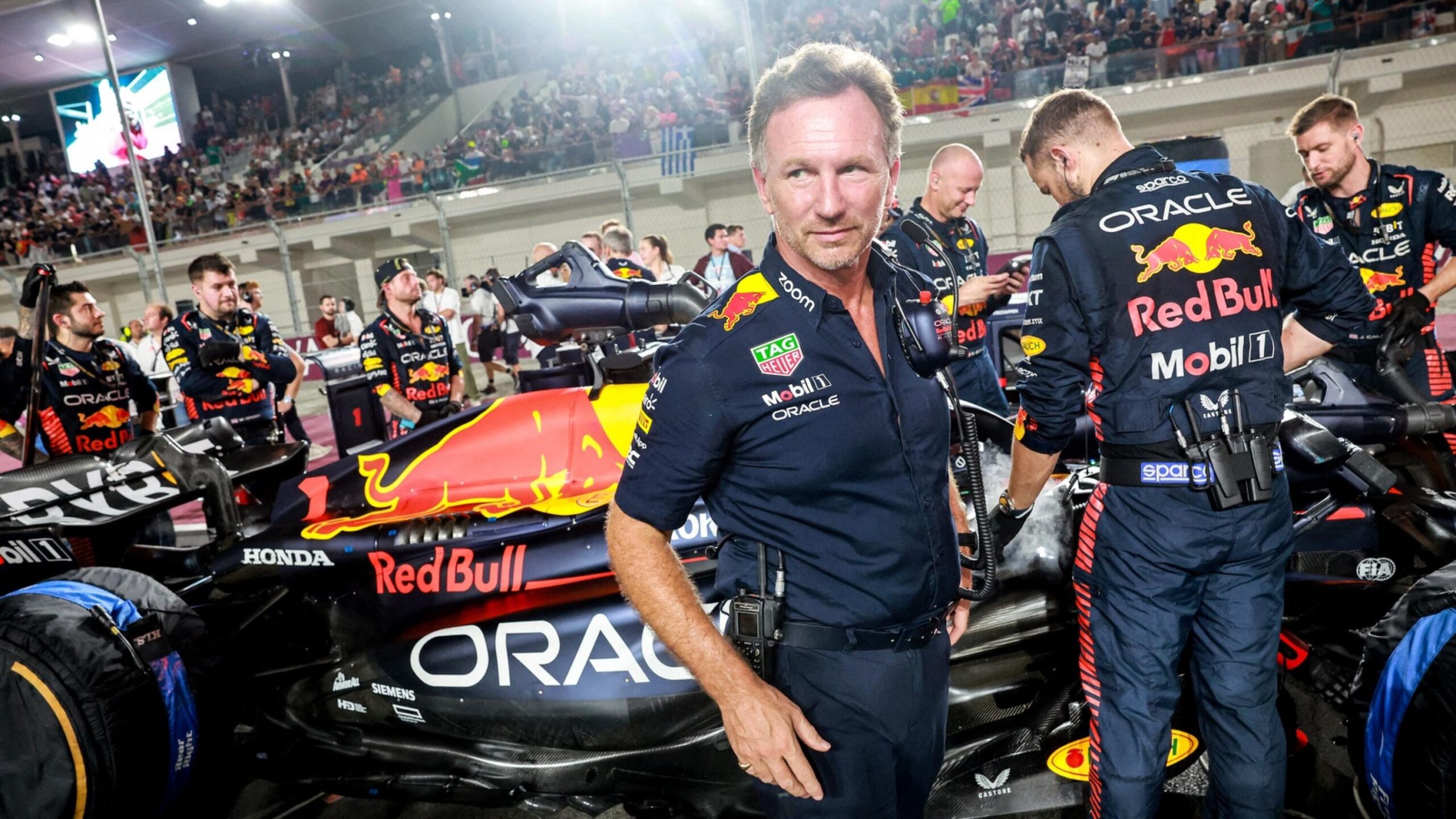
F1: As Formula 1 prepares for sweeping regulation changes in 2026, Red Bull Racing Team Principal Christian Horner has sounded the alarm over the “colossal” financial burden teams will face in meeting the new weight limit.

F1’s 2026 Overhaul: Lighter, Nimbler – but at What Cost?
Starting in the 2026 season, F1 cars will be required to meet a new minimum weight of 724kg (excluding tyres), a sharp reduction from the 800kg limit set for the 2025 season. This 76kg drop is part of a broader effort by the FIA to enhance agility, improve racing spectacle, and return to a more dynamic era of car performance.
The move is linked to new chassis and power unit regulations, which aim to make the sport more sustainable and competitive. However, teams are already raising red flags about the immense technical and financial challenges this new weight target introduces.
Horner: “A Number Plucked Out of the Air”
Red Bull boss Christian Horner was candid in his assessment of the looming challenge. Speaking to media including RacingNews365, Horner questioned the practicality of the new benchmark.
“A number was plucked out of the air for car weight,” said Horner. “We’ve got engines that are significantly heavier and a car weight which has become lower. It will be an enormous challenge for every team to achieve it.”
He emphasized that while the intention to lighten cars is valid, the engineering costs of shedding weight are sky-high.
“Saving weight costs a colossal amount of money. There was a discussion about introducing steel skid blocks, but maybe that would warrant adding 5 kilos to the minimum weight.”
Ultimately, Horner noted, every gram counts in F1, with weight directly translating to lap time.
“Every 10 kilos is worth around 0.35 seconds, so teams will be forced to make difficult decisions in car design and development to stay competitive.”
The Technical Trade-Off: Weight vs. Performance
Under FIA rules, all cars must meet or exceed the minimum weight. This means teams who cannot get their car down to 724kg will incur a natural performance penalty. A car at 734kg, for instance, would be carrying 10kg too much—potentially losing over 0.3 seconds per lap.
Teams will now be forced to prioritize weight-saving technologies, potentially at the expense of other areas such as aerodynamics or cooling systems. The choice will come down to where performance gains are most effective.
Toto Wolff Echoes Concerns: “It’s Challenging for All”
Mercedes team principal Toto Wolff echoed Horner’s concerns and acknowledged the strategic dilemmas the new rules create.
“You make choices as a team. How much lap time do you attribute to weight and ballast? Where do you want to save?” said Wolff. “You may compromise other performance parts if you want to reduce your weight, or the opposite.”
While Wolff supported the broader aim of creating more nimble and exciting cars, he admitted that the transition will be complex.
“That initial step is difficult, but it’s the same for everyone. We’ve got to start somewhere.”
Why the Change Matters: A Return to Racing Purity?
Formula 1 cars have become heavier due to safety features and complex hybrid systems, rising from 595kg in 2008 to over 798kg by 2023. The FIA’s 2026 weight reduction aims to improve agility and racing, but teams now face major technical and financial challenges to meet the new limit.
Conclusion: Innovation at a Price
With 2026 nearing, F1 teams must rethink designs and budgets. Meeting the FIA’s weight goals will demand costly R&D, major changes, and strategic compromises..
Follow BiggSports News For More updates and infos…………………🔋✔




